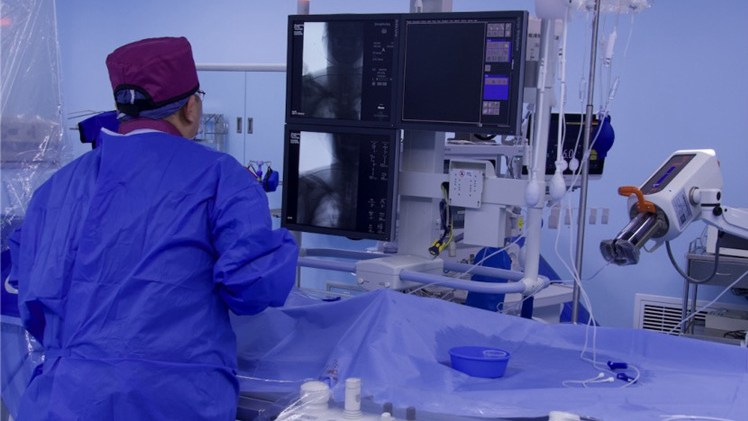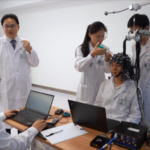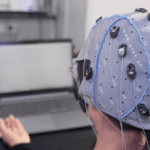In a move straight out of a sci-fi flick, Chinese scientists just pulled off the world’s first interventional brain-computer interface (BCI) experiment on a human – and the results are mind-blowing! 💡 A team from Nankai University successfully helped a 67-year-old paralyzed patient regain control of his left arm using a revolutionary non-invasive tech approach. 🦾
The patient, who’d been unable to move his limbs for six months after a stroke, can now grasp objects and even take medication independently. How? Instead of risky skull-drilling surgery (looking at you, Neuralink 🧐), doctors implanted a tiny electrode through blood vessels in his neck! 🩸 This "stentrode" device reads brain signals and wirelessly transmits them via a subcutaneous unit – no open-brain operation required.
"This is like upgrading your smartphone without cracking the screen," explains Professor Duan Feng, the project lead. 🔋 The system’s been running smoothly post-op with zero infections, proving it’s both safer and more precise than existing methods.
Why should you care? 🤔 This breakthrough could revolutionize treatment for millions with motor disabilities worldwide. With human trials expanding soon, we’re one step closer to real-life cyberpunk healthcare. 🚀 Next stop: Full-body mobility restoration? The team’s already planning larger trials and new rehab techniques.
Reference(s):
China completes world's first interventional BCI experiment on a human
cgtn.com





